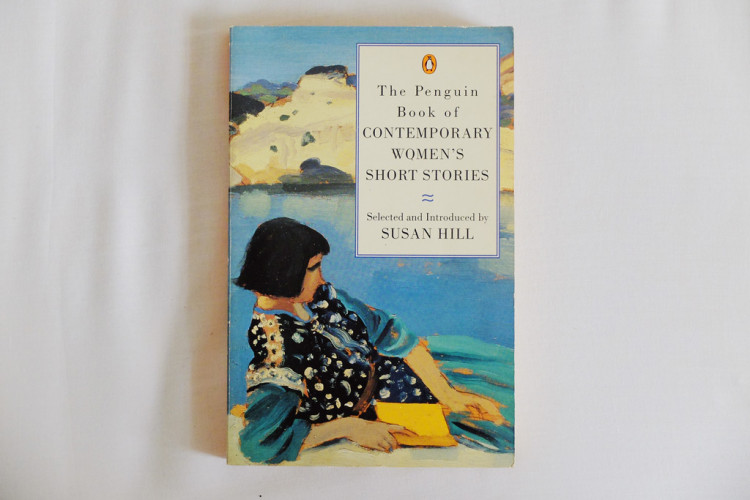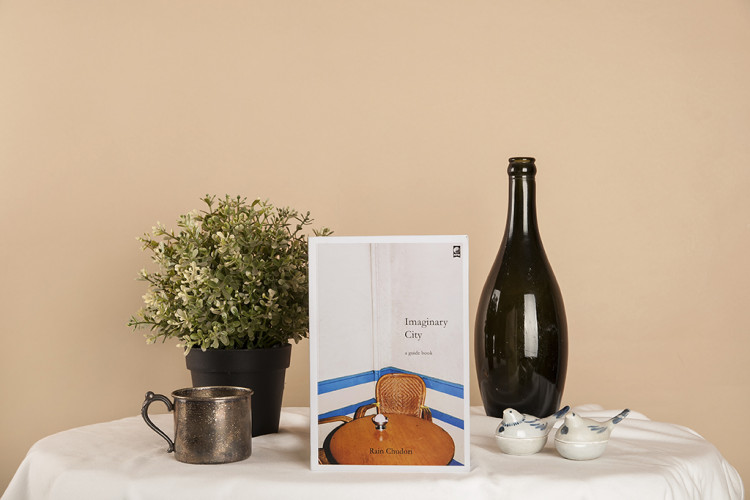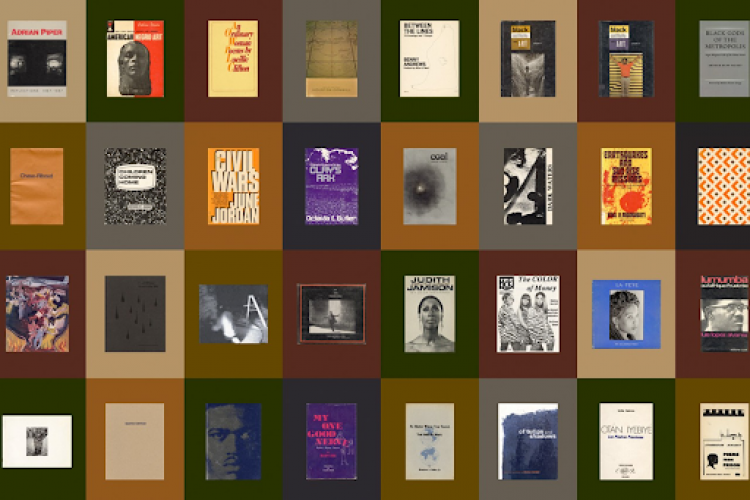










Architectural Excellence: In a Diverse World Culture
By William T. Baker
Images Publishing
Living in a globalized age allows people from different parts of the world to be directly or indirectly influenced by one another. With the help of technological advancements such as computers, tablets, the Internet, as well as affordable airplane tickets, people can immerse in cultural exchanges at an impressive rate. William T. Baker, however, is not entirely pleased by this system. He notices that there is an “ongoing trend among the world’s societies of adopting a culturally void architecture.” Tradition and ornament – two elements that he considers to be crucial in the sustainability of architecture – are slowly losing their significance in the eyes of contemporary practitioners, critics and academics. “Variety and diversity, not uniformity, should be the goal,” he claims. Though structures that are not particular to any one culture can appeal to a wider audience, those that have a distinct character have the potential to be equally attractive. The notion of foreignness can spark curiosity and motivate people to learn more about others. This book aims to celebrate the excellence of architecture in different cultural contexts.
Invisible Cities
By Italo Calvino
Vintage
“The city is redundant: it repeats itself so that something will stick in the mind,” goes a line in Italo Calvino’s Invisible Cities. Avianti Armand, a well-respected Indonesian architect, once said that she learned more about the anatomy of a city from this work of fiction than from manuals on city planning. Presented as an imaginary and incredibly artful conversation between Marco Polo and Kublai Khan, Calvino’s masterpiece reveals one man’s understanding of the connection between the human soul and the soul of a city. The book has no plot, but it is because Calvino’s prose does not need to fit into a typical literary structure.
“Figures, Doors and Passages” in Translations from Drawing to Building and Other Essays
By Robin Evans
Architectural Association
Architecture – especially when it is spelled with a capital “A” – is often seen as something that independently stands as a discipline that ought to be studied and mastered. However, as Robin Evans stresses in “Figures, Doors and Passages,” architecture is crucial in societies the world over as it “encompasses everyday reality, and in doing so inevitably provides a format for social life.” In this essay, Evans does not only shine light on a forgotten part of architecture, but he also takes a step further by focusing on the details – the doors, passages and figures that determine the nature of a room or building. For instance, he mentions that the number of doors found in a house portrays the way its owners socialize. The very small number of doors found in the modern house, he says, is a very recent concept that emerged when the privacy of an individual became more vital. The way Evans invites readers to look beyond the technical and aesthetic elements of architecture reminds us that the way we interact influences where and how we dwell, and vice versa.
Floating Images: Eduardo Souto de Moura’s Wall Atlas
Edited by Andre Tavaras and Pedro Bandeira
Lars Muller Publishers
In this day and age, when one computer is enough to produce countless distractions, having a “sterile” or empty workspace might be a preferable. But perhaps having rows of images stuck on the wall can have a positive influence on the creative process, providing a refreshing view at times when we can no longer stand the computer screen. The Portuguese architect, Eduardo Souto de Moura, believes that images – be it photographs, illustrations, or even newspaper cuttings – can inspire him. Floating Images is a compilation of images that form a stimulating patchwork on the walls of de Moura’s studio. The diversity among de Moura’s visual collection – or “atlas,” as it is referred to in the book – shows this man’s desire to draw inspiration from as many sources as possible. And it is this openness that undoubtedly enriches his designs, as well as the minds of those who read this book.
Le Corbusier’s Pavilion for Zurich: Model and Prototype of an Ideal Exhibition Space
By Catherine Dumont d’Ayot and Tim Benton
Lars Muller Publishers
In 1949, Le Corbusier began to sketch the plan for what would become his last project, the Pavilion for Zurich. Endorsed by Heidi Weber, the owner of Zurich gallery, the museum that is simultaneously a prototype for an ideal dwelling was launched on July 15, 1967, approximately one year after its creator passed away. This book is a compilation of the architect’s handwritten notes and drawings, making it a valuable historical document. Since the Pavilion is unlike Le Corbusier’s previous works, it is treated with great respect – the cherry on top of a long, and successful career in architecture. The Pavilion for Zurich represents the architect’s groundbreaking ideas.
“Art and Architecture” in Philosophy of Design
By Ove Arup
Collection edited by Nigel Tonks
Prestel
“What role should art play in architecture?” asks the Danish architect, Ove Arup, in the address he gave upon receiving the RIBA Royal Gold Medal in 1966. Like literature and music, architecture needs a touch of art in order to compliment its technical requirements. Described by a former associate, Derek Sugden, as a freethinker, Arup has a mission to incorporate aesthetic elements in his structures because art is “always human,” and “in some way it bears the stamp of the creator.” In addition to art’s role in architecture, Ove Arup also highlights the need to think in multi-disciplinary terms. Arup sees himself as “one of those unfortunate people who must see a thing from all sides” – a trait that has done him more good than bad in his career. Philosophy of Design contains many other essays that will enlighten not only those who are professionals in the field of architecture, but also those who, like Arup, are willing to seek for knowledge beyond the border lines of their own comfort zone.
The Complete Zaha Hadid: Expanded and Updated
By Aaron Betsky
Thames & Hudson
Zaha Hadid brings the modern architecture to a whole new level. In fact, the word “modern” is not enough to describe the futuristic elements of her highly praised body of work. What makes Hadid’s works seem different from others, however, is not that it appear to have emerged from another era, but that they are made from existing elements in our surroundings that the rest of us overlook. As Aaron Bretsky acknowledges in the introduction to The Complete Zaha Hadid: Expanded and Updated, “she finds what is latent in the constructions of our modern world and storyboards them into utopias.” His statement shows how truly otherworldly, yet at the same time deeply grounded in reality, Hadid’s creations are. Featuring remarkable buildings, and even furniture and interior projects, this meticulously compiled volume is perfect for architects who are optimistic about the future.
Emergent Architectural Territories in East Asian Cities
By Peter G. Rowe
Drawings by Michael Sypkens
Birkhauser
Over the past few decades, the world has witnessed the incredible speed at which Asian countries – particularly those in the eastern part of the continent – are able to grow. Though there are many ways to measure the development of a country, studying its architectural innovations is one that will yield interesting results. By doing so, one can see the changing aesthetics that are increasingly leaning towards a mix between local and foreign influences, new methods to structure the urban environment, as well as the people who adjust to them. In this book, Peter G. Rowe analyzes places such as Taipei 101 in Taiwan, Cheonggyechon in South Korea, and Roponggi Hills in Japan. What makes this analytical compilation all the more interesting is that it features forty pages of detailed drawings especially made by Michael Sypkens to show the architectural genius of these East Asian nations.
Provoking Calm: The Artworks of Colin K. Okashimo
By Patrick Bingham-Hall
Pesaro Publishing
While living an urban life has its benefits – the ease with which we find the company of others and exciting activities to do – it also has many downsides. Big cities are often very densely populated, making it difficult for us to live life at our own pace, and because there are so many people, the amount of space available is limited. But landscape architect, Colin K. Okashimo believes that such an environment can heighten the quality of calmness once it has been successfully obtained. “Disruption is the manmade intervention, and calm comes from the contrast,” Okashimo writes. In other words, without chaos, we would not be aware of the value of calmness. He also emphasizes on the importance of understanding the context of our time, and how meditative experiences that provoke a sense of calm ought to be adjusted to contemporary ways.
Various Pets Alive and Dead
By Marina Lewycka
Penguin
Various Pets Alive and Dead is about many things, but architecture is not one of them. And yet the lives of the main characters, especially Clara and Serge, are affected by their experience of growing up in a commune in rural England. Traumatized by the unconventional living arrangement of their childhood Clara and Serge became adults who desperately want to live without their parents’ eccentricities. The novel is funny, yet its charm goes beyond the way in which it entertains readers. Though Lewycka may have not intended her story to be one that is about the concept of “home,” it is actually a crucial part of the plot as well as the characters’ sense of existence. It shows how people’s perspective on life can determine where they live as much as the places they call home determine their way of thinking.











